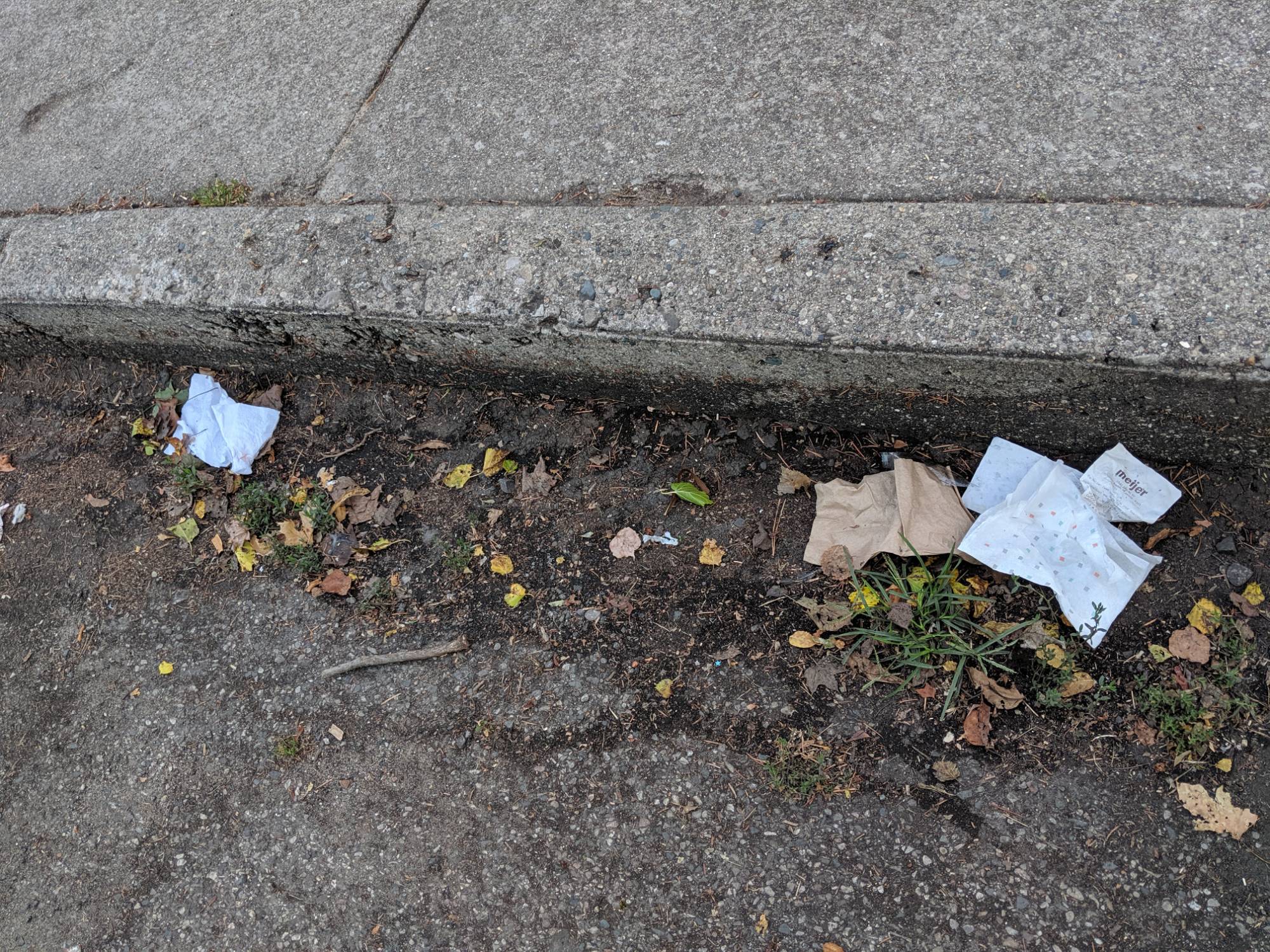Litter, Trash, and Debris

You identified litter, trash, and debris as an environmental problem in your community.
Why is this a problem?
Litter, trash, and debris can enter lakes, streams, and rivers through rainwater, wind, and direct dumping. Debris can prevent rivers and streams from flowing naturally, damage aquatic habitats, and threaten wildlife. It also can become a source of chemical pollution if it contains a contaminant or if chemicals are released as the materials degrade. Litter also reduces the recreational value of natural areas by making them look “dirty” and unappealing. Cleaning up litter is costly and adds to the economic burden of local governments.
Resources:
- Adopt a Beach: An overview of the Adopt a Beach program and a link to the Great Lakes in My World curriculum guide
- Michigan Sea Grant Beach Clean-Up Data Sets: Data sets describing the quantity of litter picked up around the Great Lakes
- Great Lakes Commission Habitat Restoration: A local example of a large-scale cleanup of historic debris impairing the Muskegon River and Muskegon Lake
- Alliance for the Great Lakes Beach Litter Analysis: Includes an analysis of 20 years of data collected by Adopt-a-Beach volunteers on all five Great Lakes
- Natural Resources Defense Council: 10 ways to reduce plastic pollution
